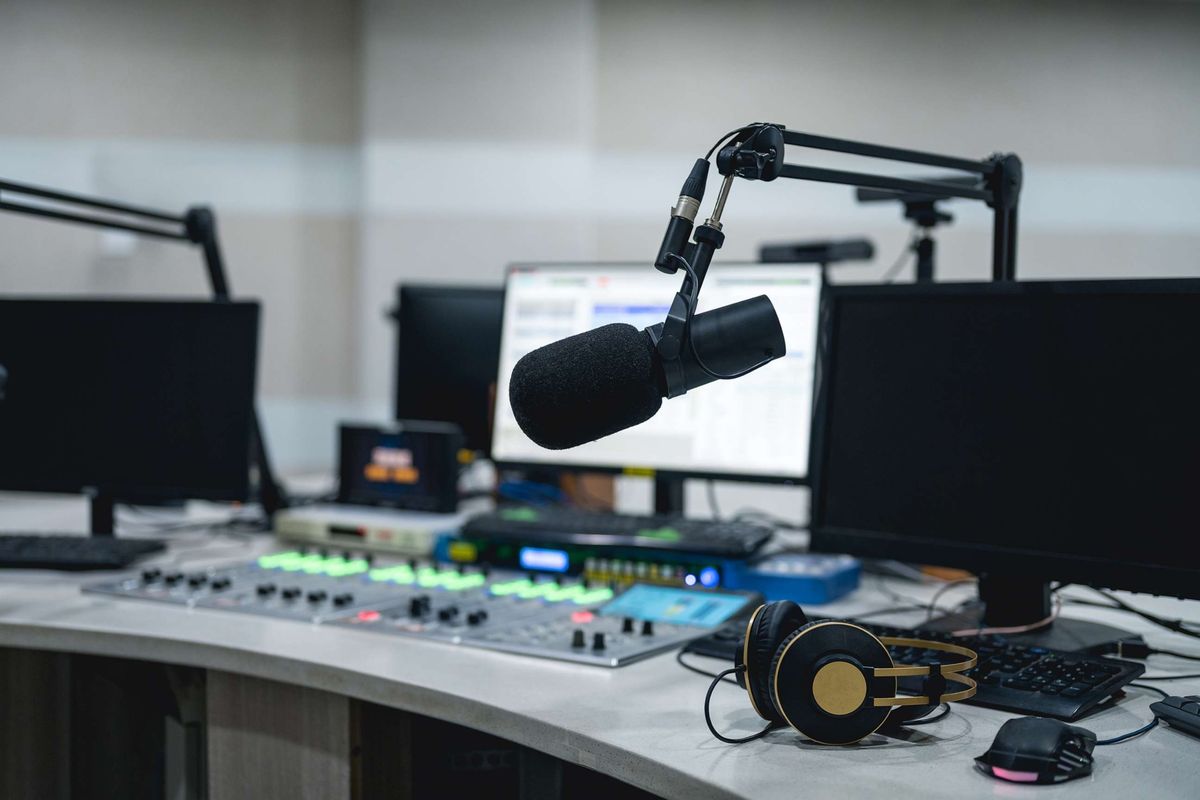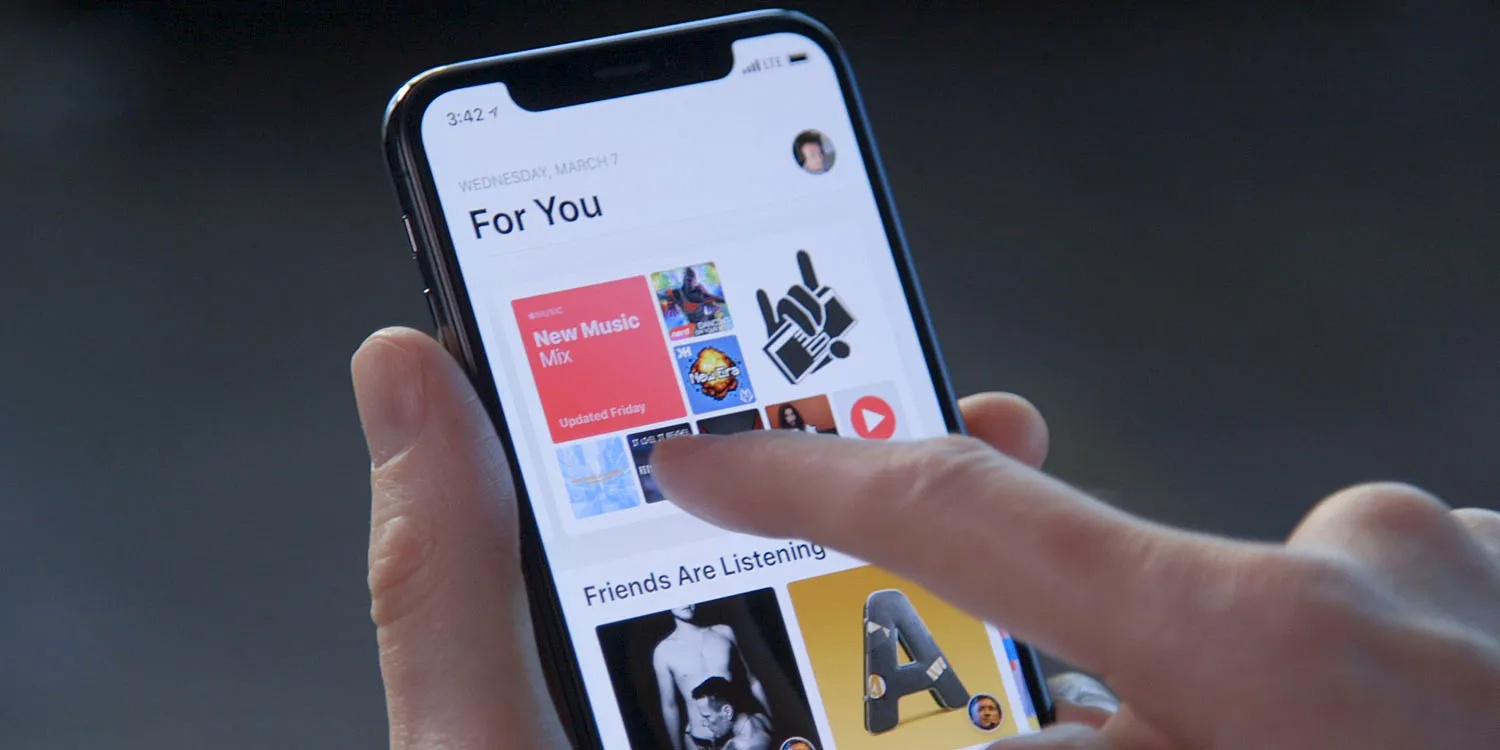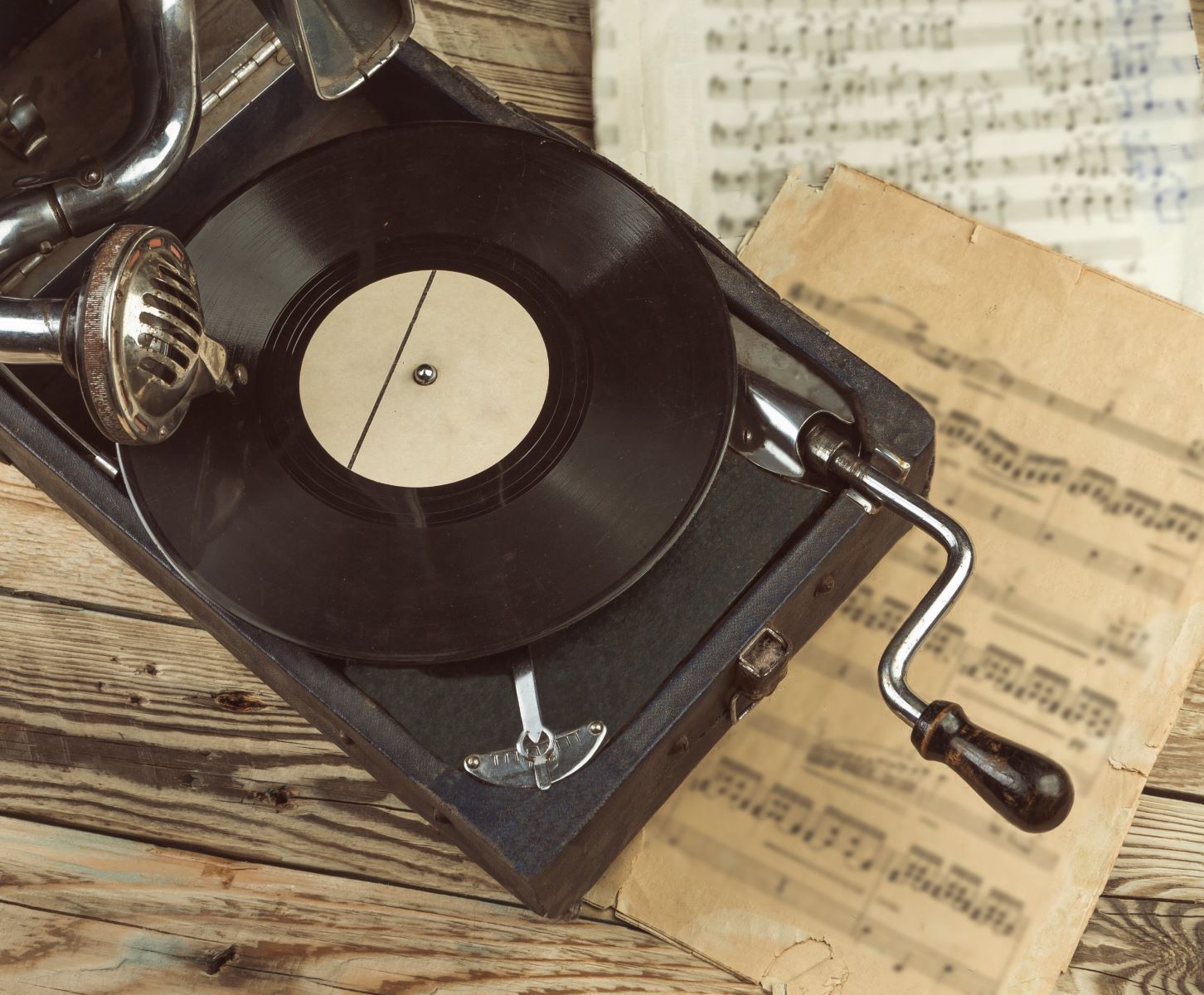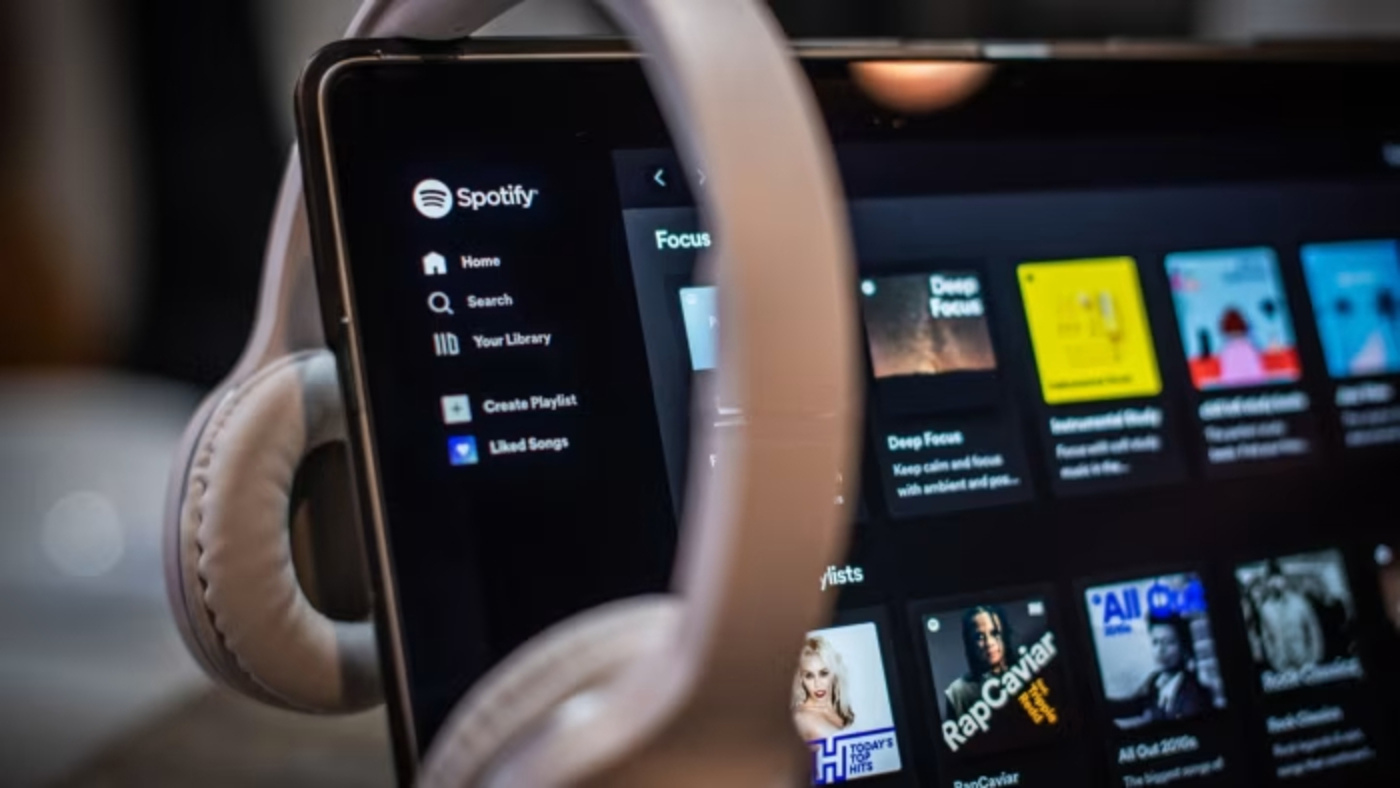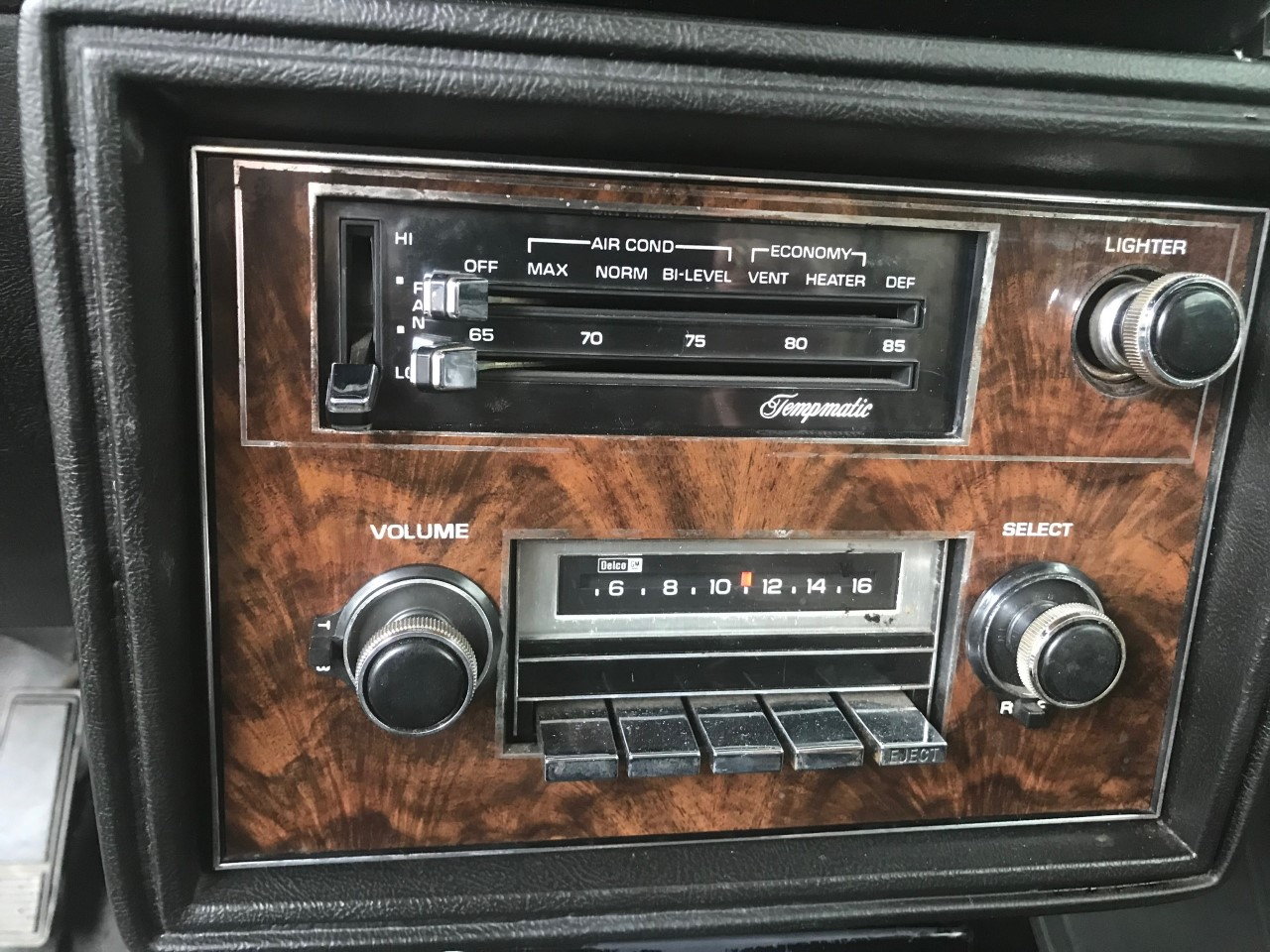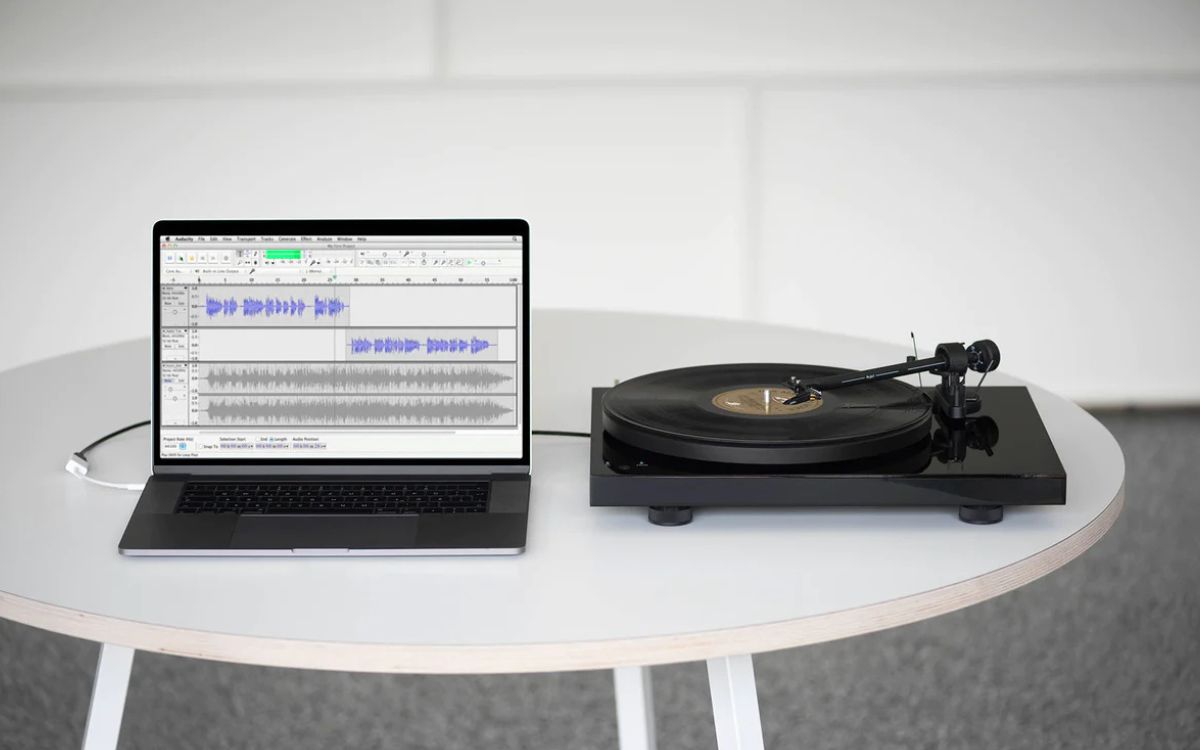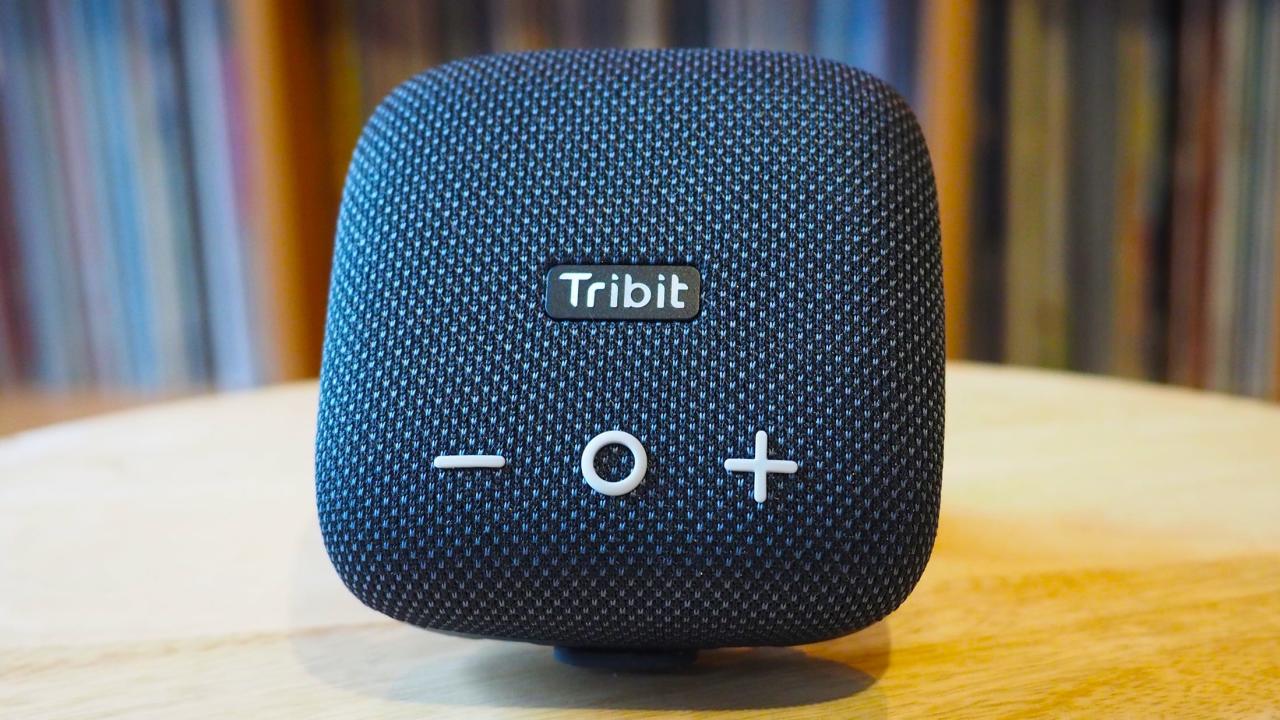Home>Devices & Equipment>Streaming>How To Record Music From Live Streaming Radio


Streaming
How To Record Music From Live Streaming Radio
Published: March 8, 2024
Learn how to record music from streaming radio with our step-by-step guide. Capture your favorite tunes and build your music collection effortlessly.
(Many of the links in this article redirect to a specific reviewed product. Your purchase of these products through affiliate links helps to generate commission for AudioLover.com, at no extra cost. Learn more)
Table of Contents
Introduction
Streaming radio has revolutionized the way we consume music, offering a vast array of genres and artists at our fingertips. Whether you're a music enthusiast, a budding musician, or simply someone who appreciates the art form, the ability to record music from live streaming radio can be a game-changer. It allows you to capture your favorite tracks, discover new sounds, and build a personal library of music that resonates with you.
In this comprehensive guide, we will delve into the intricacies of recording music from live streaming radio. From understanding the legalities to selecting the right software and mastering the art of recording and editing, we will equip you with the knowledge and tools needed to embark on this exciting journey.
Recording music from live streaming radio is not only a means of preserving your favorite tunes but also a way to explore the diverse world of music. It enables you to curate your own collection, creating a soundtrack to accompany your daily life. Whether you're seeking inspiration for your own musical endeavors or simply wish to relive the magic of a live radio broadcast, the ability to record music from streaming radio empowers you to capture the ephemeral beauty of live performances and curated playlists.
As we embark on this exploration of recording music from live streaming radio, it's important to approach this endeavor with a sense of respect for the artists and the legalities surrounding music copyright. By understanding the ethical and legal considerations, we can ensure that our passion for music is aligned with the principles of fair use and artistic integrity.
So, let's embark on this journey together, as we uncover the nuances of recording music from live streaming radio and celebrate the artistry that enriches our lives. Through this guide, you will gain the knowledge and skills to embark on your own musical odyssey, capturing the melodies that resonate with your soul and creating a tapestry of sonic experiences that define your unique musical identity.
Understanding the Legalities
When it comes to recording music from live streaming radio, it's crucial to navigate the legal landscape with a clear understanding of copyright laws and ethical considerations. The music industry is built upon the creative endeavors of artists, songwriters, and musicians, and it's essential to respect their rights while enjoying and preserving their work.
One of the key legal concepts to grasp is copyright law. This body of law grants creators the exclusive rights to their original works, including music compositions and recordings. When a song is played on a live streaming radio station, it is protected by copyright, and any reproduction or distribution of that music without proper authorization may infringe upon the rights of the copyright holders.
To navigate this terrain ethically, it's important to be aware of the concept of fair use. Fair use allows for the limited use of copyrighted material without the need for permission from the rights holders, under certain circumstances such as criticism, commentary, or educational purposes. However, the application of fair use can be complex and context-specific, and it's essential to exercise caution and seek legal advice if there is any uncertainty about the permissible uses of recorded music.
Furthermore, the terms of use and licensing agreements of the streaming platform must be carefully reviewed. Some streaming services explicitly prohibit the recording of their content, while others may have specific terms and conditions regarding the use of their music. By familiarizing yourself with these terms, you can ensure that your recording activities align with the platform's guidelines and policies.
In addition, it's important to acknowledge the role of performance rights organizations (PROs) and music licensing entities. These organizations play a vital role in representing the rights of songwriters and music publishers, ensuring that they receive fair compensation for the public performance and use of their music. Understanding the mechanisms through which artists are compensated for their work can provide valuable insights into the ethical considerations surrounding the recording of music from live streaming radio.
By embracing a thorough understanding of the legalities surrounding music copyright, fair use, and licensing agreements, you can approach the recording of music from live streaming radio with a sense of responsibility and respect for the rights of the creators. This awareness empowers you to engage with music in a manner that honors the artistic contributions of musicians while enjoying the transformative experience of capturing and preserving the magic of live radio broadcasts.
Choosing the Right Software
Selecting the right software for recording music from live streaming radio is a pivotal step in ensuring a seamless and high-quality recording experience. The ideal software should offer a balance of user-friendly functionality, audio fidelity, and compatibility with various streaming platforms. Here are key considerations to guide your selection process:
1. Compatibility and Integration
The chosen software should seamlessly integrate with the streaming platform of your preference. Whether you frequent popular streaming services or niche radio stations, ensuring compatibility is essential. Look for software that supports a wide range of streaming formats and protocols, allowing you to capture music from diverse sources without limitations.
2. Audio Quality and Customization
Prioritize software that offers customizable audio settings, enabling you to tailor the recording parameters to suit your preferences. Look for features such as adjustable bitrates, audio formats, and noise reduction capabilities to ensure that your recordings maintain optimal sound quality.
3. User-Friendly Interface
A user-friendly interface is paramount for a smooth recording process. The software should offer intuitive controls for initiating, pausing, and stopping recordings, as well as organizing and managing your captured music library. Additionally, features such as scheduled recordings and automatic track splitting can enhance the overall user experience.
4. Legal Compliance Features
Ethical considerations are crucial when recording music from live streaming radio. Seek software that incorporates features to facilitate compliance with copyright laws and fair use principles. This may include the ability to automatically tag recordings with metadata, such as artist names and song titles, to maintain transparency and accountability.
5. Post-Recording Editing Capabilities
While the primary function is to capture live music, the ability to perform basic editing tasks within the software can be advantageous. Look for software that offers simple editing tools for trimming, labeling, and organizing recordings, streamlining the process of curating your music collection.
6. Reliability and Support
Opt for software that is known for its reliability and stability. Research user reviews and seek recommendations to gauge the software's performance and the responsiveness of its support channels. A robust support system can be invaluable in troubleshooting technical issues and maximizing the software's potential.
By carefully evaluating these factors, you can identify the software that best aligns with your recording needs and ethical considerations. The right software will empower you to capture and preserve the magic of live streaming radio, enriching your musical journey with a personalized archive of captivating melodies and timeless performances.
Setting Up Your Recording Software
Setting up your recording software is a crucial step in preparing for capturing music from live streaming radio. By following these essential guidelines, you can optimize your software configuration to ensure seamless and high-quality recordings.
1. Installation and Configuration
Begin by installing the selected recording software on your computer. Follow the installation instructions provided by the software developer to ensure a smooth setup process. Once installed, take the time to configure the software settings according to your preferences. This may include specifying the audio input source, adjusting recording quality settings, and customizing file storage locations.
2. Audio Input Source Selection
Select the appropriate audio input source within the recording software. Depending on your system configuration, this may involve choosing the default audio playback device or specifying a specific input source, such as a sound card or external audio interface. Ensure that the selected input source accurately captures the audio output from the streaming radio platform.
3. Testing and Calibration
Before initiating any recordings, conduct a test run to ensure that the software is accurately capturing audio from the streaming radio source. Play a sample track from the streaming platform and monitor the recording levels within the software interface. Adjust input levels and audio settings as needed to achieve optimal recording quality without distortion or clipping.
4. Metadata and Tagging Configuration
Many recording software solutions offer options for automatically tagging recorded tracks with essential metadata, such as artist names, song titles, and album information. Configure these settings to ensure that your recorded music library is organized and easily searchable. Properly tagged recordings enhance the overall user experience and facilitate efficient music management.
5. Scheduled Recording Setup
If your recording software supports scheduled recordings, take advantage of this feature to capture specific radio shows, live performances, or curated playlists at designated times. Set up scheduled recordings to align with your preferred listening schedule, ensuring that you never miss an opportunity to capture captivating music from the live streaming radio environment.
6. Backup and Storage Considerations
Establish a backup and storage strategy for your recorded music library. Determine the storage location for your recordings and consider implementing backup protocols to safeguard your collection against data loss. Whether utilizing cloud storage solutions or external hard drives, a robust storage plan is essential for preserving your recorded music archive.
By meticulously setting up your recording software in accordance with these guidelines, you can create an optimized environment for capturing and preserving music from live streaming radio. This proactive approach ensures that your recording software is finely tuned to deliver exceptional audio fidelity and seamless functionality, empowering you to curate a personalized music collection that reflects your unique musical tastes and preferences.
Recording the Music
Once your recording software is configured and ready, you are poised to embark on the exhilarating process of capturing music from live streaming radio. Whether you are drawn to the infectious beats of a vibrant DJ set, the soul-stirring melodies of a live acoustic performance, or the eclectic sounds of a genre-spanning radio show, the act of recording music from live streaming radio opens a gateway to a world of sonic exploration and discovery.
To initiate the recording process, launch your recording software and ensure that the audio input source is correctly set to capture the output from the streaming radio platform. When you encounter a musical piece that resonates with you, whether it's a chart-topping hit, an underground gem, or a timeless classic, simply press the designated recording button within the software interface to commence capturing the audio stream.
As the music flows through your speakers or headphones, the recording software diligently captures the sonic tapestry, preserving the nuances of each instrument, the emotive vocals, and the atmospheric ambience. Whether you are savoring the live broadcast of a renowned music festival or immersing yourself in the curated selections of a specialty radio program, the recording software faithfully documents the transient beauty of the live streaming experience.
Throughout the recording process, monitor the audio levels within the software interface to ensure that the captured music maintains optimal fidelity and clarity. By keeping a watchful eye on the recording levels, you can preemptively address any potential issues such as audio distortion or excessively low volume, thereby safeguarding the integrity of your recorded music library.
As the music unfolds, each track becomes a precious artifact, encapsulating the essence of the live streaming radio moment. Whether you are capturing a single song or an entire radio show, the act of recording music from live streaming radio bestows upon you the power to preserve the ephemeral magic of live performances, curated playlists, and serendipitous musical discoveries.
Upon completing the recording, take a moment to review the captured audio, ensuring that the file is intact and reflects the intended content. If your recording software supports automatic tagging and metadata insertion, verify that the essential details such as artist names, song titles, and album information are accurately appended to the recorded track, enriching the organizational and navigational aspects of your music library.
With each successful recording, you add a new chapter to your personal musical anthology, curating a collection that mirrors your eclectic tastes, emotional resonances, and sonic preferences. The act of recording music from live streaming radio transcends mere archiving; it becomes a testament to your musical journey, a chronicle of the melodies that have woven themselves into the fabric of your life.
In the realm of live streaming radio, every recording is a testament to the transient nature of music, capturing fleeting moments of creativity, expression, and connection. By embracing the art of recording music from live streaming radio, you become a custodian of musical experiences, preserving the intangible essence of live performances and curated playlists, and weaving them into the tapestry of your own sonic narrative.
Editing and Saving Your Recordings
After capturing music from live streaming radio, the process of editing and saving your recordings plays a pivotal role in curating a personalized music library that reflects your unique musical journey. This phase empowers you to refine, organize, and preserve the captured audio, ensuring that each recording is optimized for seamless playback and long-term enjoyment.
1. Post-Recording Review
Upon completing a recording session, it is advisable to conduct a post-recording review to assess the quality and completeness of the captured audio. Listen to the recorded tracks to identify any potential imperfections, such as abrupt endings, background noise, or unintended interruptions. This critical listening phase allows you to pinpoint areas that may require editing and refinement.
2. Basic Editing Tasks
Engage with the editing capabilities of your recording software to perform basic tasks such as trimming excess silence at the beginning or end of a track, removing unwanted noise or interruptions, and adjusting the overall volume levels for consistency. These subtle yet impactful edits contribute to the seamless playback and enhanced listening experience of your recorded music collection.
3. Metadata Enhancement
Ensure that each recording is enriched with accurate metadata, including artist names, song titles, album information, and genre classifications. By meticulously tagging and organizing your recordings, you create a navigable and informative music library that facilitates effortless exploration and discovery of your curated musical treasures.
4. File Format and Compression
Consider the file format and compression settings for your saved recordings. Opt for widely compatible audio formats such as MP3, WAV, or FLAC, balancing audio quality with file size considerations. Additionally, leverage compression techniques to reduce file sizes without compromising audio fidelity, optimizing storage efficiency while preserving the sonic integrity of your recordings.
5. Storage and Backup Protocols
Establish a robust storage and backup strategy for your edited recordings. Whether utilizing local storage solutions or cloud-based platforms, safeguarding your music library against data loss is paramount. Implement regular backup routines to protect your curated recordings and ensure their longevity for years to come.
6. Cataloging and Organization
Embrace a systematic approach to cataloging and organizing your edited recordings. Create playlists, categorize recordings by genre or mood, and implement a logical folder structure to streamline access to your curated music collection. By cultivating an organized music library, you enhance the accessibility and enjoyment of your recorded treasures.
7. Saving and Archiving
Upon completing the editing process, save your refined recordings in designated folders or libraries, adhering to your established organizational framework. Consider creating archival backups of your edited recordings to safeguard against unforeseen data loss or system failures, preserving your curated music collection for future enjoyment and reminiscence.
By engaging with the editing and saving phase of your recorded music journey, you elevate the captured audio from mere recordings to cherished musical artifacts. Each edited and meticulously saved track becomes a testament to your discerning musical tastes, a sonic time capsule that encapsulates the essence of live streaming radio experiences, and a testament to the transformative power of music in our lives.
Conclusion
In conclusion, the art of recording music from live streaming radio transcends mere technical proficiency; it embodies a profound appreciation for the transformative power of music in our lives. As we navigate the intricacies of capturing and preserving the ephemeral beauty of live performances, curated playlists, and serendipitous musical discoveries, we embark on a journey that celebrates the diverse tapestry of sonic experiences that enrich our lives.
Through this comprehensive guide, we have explored the ethical considerations, technical nuances, and creative possibilities inherent in the process of recording music from live streaming radio. We have delved into the legalities surrounding music copyright, fair use principles, and the ethical responsibilities that accompany the act of capturing and preserving music from streaming platforms. By embracing a thorough understanding of these legal and ethical considerations, we can engage with music in a manner that honors the artistic contributions of musicians while enjoying the transformative experience of capturing and preserving the magic of live radio broadcasts.
The selection of the right recording software, the meticulous setup of recording configurations, the exhilarating process of capturing music, and the thoughtful editing and preservation of recorded tracks collectively form a holistic approach to curating a personalized music library that reflects our unique musical journey. Each recording becomes a testament to the transient nature of music, capturing fleeting moments of creativity, expression, and connection.
As custodians of musical experiences, we preserve the intangible essence of live performances and curated playlists, weaving them into the tapestry of our own sonic narrative. The act of recording music from live streaming radio becomes a testament to the transient nature of music, capturing fleeting moments of creativity, expression, and connection.
Ultimately, the process of recording music from live streaming radio empowers us to curate a collection that mirrors our eclectic tastes, emotional resonances, and sonic preferences. It becomes a testament to our musical journey, a chronicle of the melodies that have woven themselves into the fabric of our lives.
In embracing the art of recording music from live streaming radio, we celebrate the enduring power of music to inspire, uplift, and connect us across time and space. Each recorded track becomes a cherished artifact, preserving the essence of live musical experiences and inviting us to embark on a sonic odyssey that transcends boundaries and resonates with the depths of our souls.

